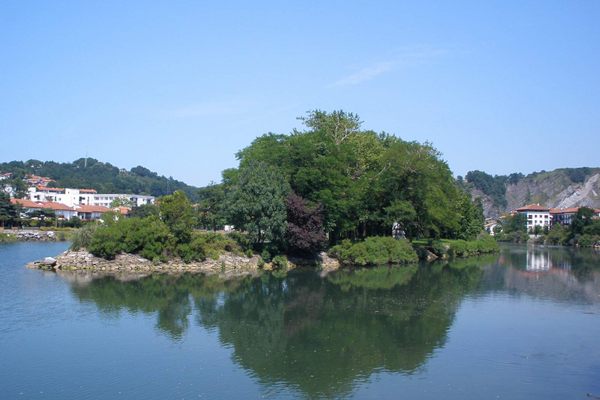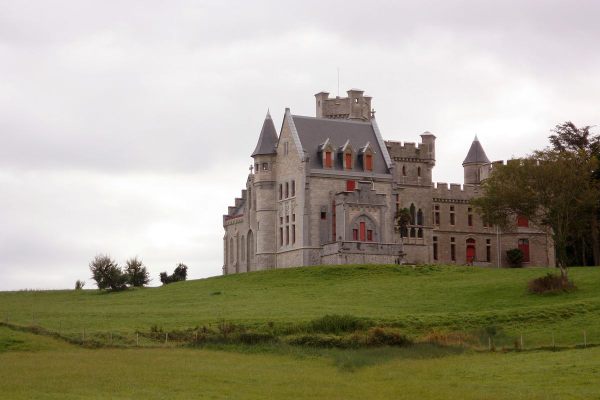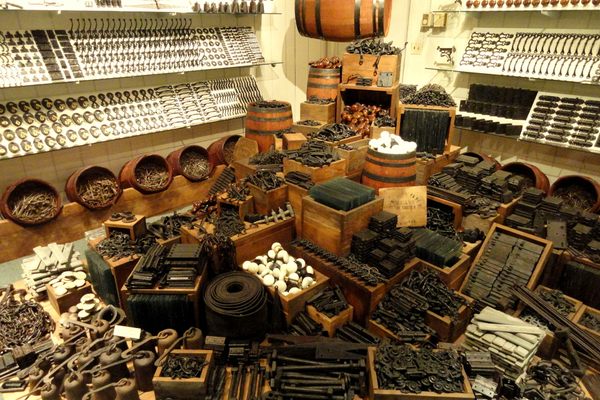AO Edited
Albaola Itsas Kultur Faktoria
Get a close-up look at a 16th-century Basque whaling ship at this factory and museum.
Just outside of the city of San Sebastian lies the small town of Pasaia, which was once a main whaling port of Europe. The town has a long boulevard and active port. At the very end of a winding path lies a boat factory that houses a boat-building school, a museum, and a boat wharf.
A little bit of a history lesson is needed here: the Basques were among the first people to catch whales for commercial reasons. They sailed as far as Terranova (now the area known as Newfoundland) to catch whales in the 16th century. One of their ships was the San Juan de Pasajes, which sank off the coast of Canada in Red Bay. The wreckage is the oldest ever found in Canada. After its discovery in 1978, the wreckage was extensively researched until 1985. The excavation was done underwater and made it a unique and exemplary operation. Lots of information about how the Basques caught whales and how they influenced the local culture in Labrador and Newfoundland was unearthed.
All of that information and a model of the San Juan whaling ship can be found in this museum. It is very interesting and interactive. You’ll see the model building workshop and find out how ship rigging works, among other things.
But what makes this place really special and worthwhile is that the factory has been building a replica of the San Juan, to scale. So it is a ship-building school, as this is a craft that was almost lost. They aim to keep it alive and students from all over the world come here for an extended stay to learn how to build ships. So you get to walk around the actual ship while it’s being built. You can also sponsor the factory by buying some nails or a rigging system. The factory also offers workshops and guided tours.
Know Before You Go
Pasaia is easily accessible from San Sebastian by bike and the ride is well worth your while. When entering the village, follow the signs to the Torreko Plaza (a small square). From here you'll need to walk, as cycling is prohibited. You can park your bike at the square and then walk for 5 minutes along the river to the factory and museum.






































Follow us on Twitter to get the latest on the world's hidden wonders.
Like us on Facebook to get the latest on the world's hidden wonders.
Follow us on Twitter Like us on Facebook